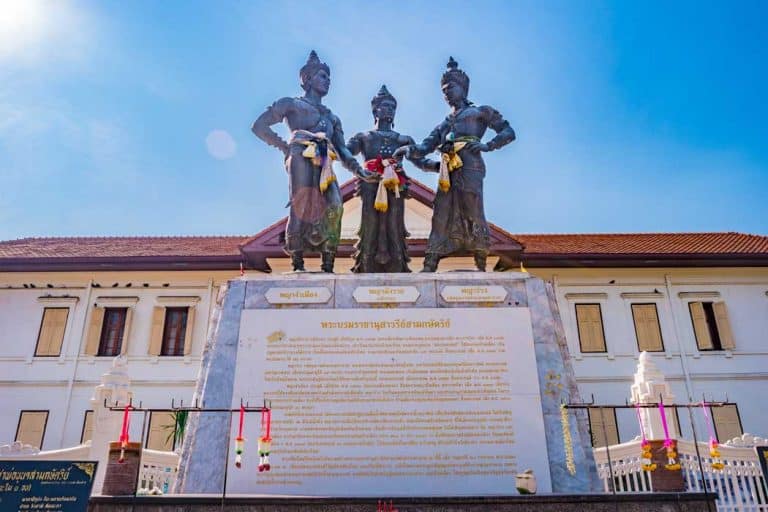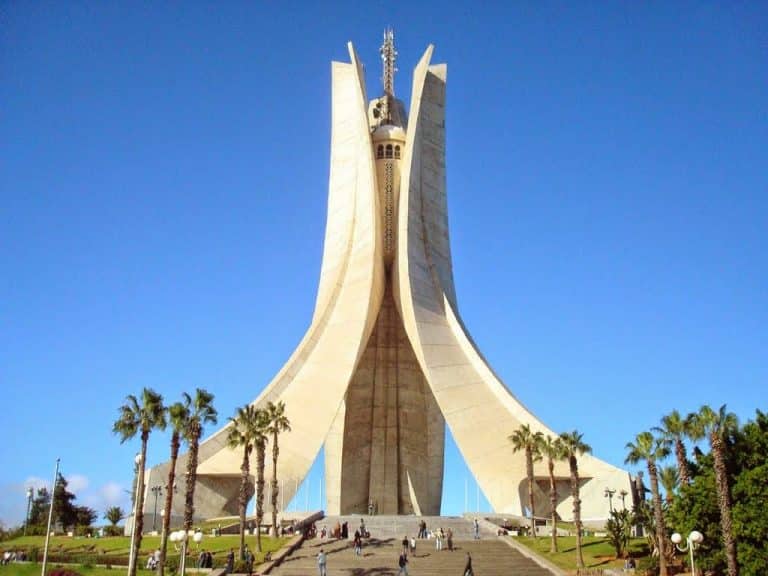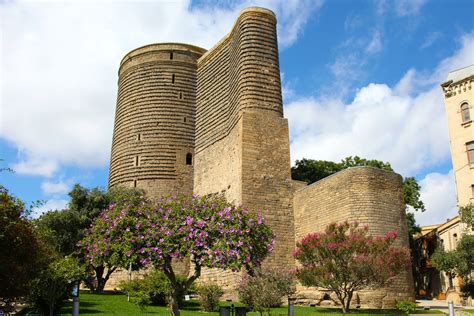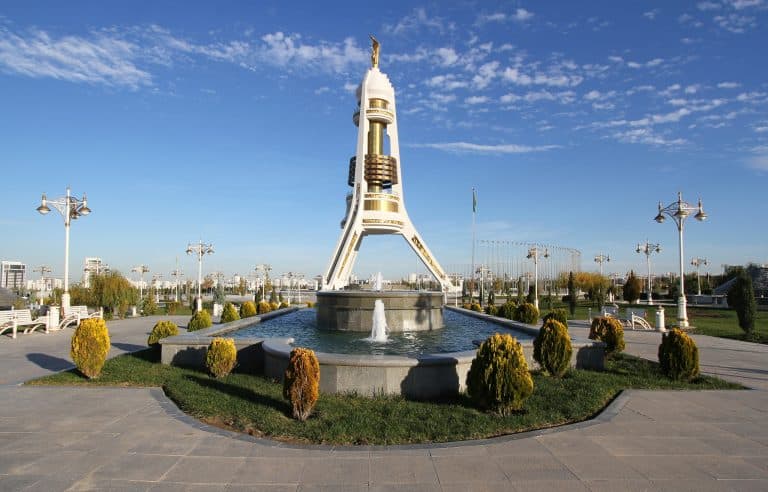The Caribbean
After my travels in North and Latin Americas, I headed for the warmth and sun of the Caribbean to enjoy some of its culture and learn about its past.
Site 1: My first stop in the Caribbean was to visit the Queen’s Staircase. This site was built by about 600 slaves from Africa in the later part of the 1700s. They carved an over 100-foot-deep gorge into a hillside of solid limestone. They only used axes or other hand tools. The staircase features 66 steps and is made out of limestone. It was a vital quick passage from Fort Fincastle to Nassau for British troops, who occupied the island at the time, to take in the event of an attack. Queen’s Staircase is located near the Fort Fincastle Historic Complex, and is one of most visited sites there. Today, it is often used as a place for morning exercise as well as for weddings. It is also still an appealing shortcut to Fort Fincastle and Bennet’s Hill (which is the highest point in Nassau). One thing I particularly liked about the site was the neatly cut stairs. They were cut into brick-like slabs, which were colored black and brown, with occasional hints of red. I also admired the solid limestone walls flanking the staircase. I saw that the site was quite tall for a staircase, towering up to 102 feet in height. I noticed that the staircase was surrounded by lovely green foliage, such as palm trees. The site eventually got its name in the 19th century, and was named after the British Queen Victoria and commemmorated her contribution for abolishing the evil of slavery in the Bahamas. The Queen’s Staircase, also sometimes known as the 66 steps, took sixteen years to be completed.
Here is a picture of the Queen’s Staircase:
Site 2: My next stop was the theatre known as Teatro Tapia, located in the city of San Juan, Puerto Rico. It was built in 1824 and was inaugurated many years later in 1832. Teatro Tapia is one of the oldest theaters that is still operating in the country of the United States of America and is among one of the oldest buildings in the city of San Juan. It is also among the oldest free-standing drama stages in the Western Hemisphere. The theatre was built with adobe and tamped ruble. It features a tin-gabled roof supported by wooden beams. It received its name from Alejandro Tapia y Rivera, one of the first well-known playwrights from Puerto Rico. The building was greatly damaged in 1879 after an earthquake, and its first reconstruction was overseen by Tulio Larringaga. The theatre was remodeled two times in 1946 and 1987. When I arrived, I appreciated the theatre’s neoclassical exterior, with its white pillars lining the front of the building, and its unique horseshoe shape. I also admired the theatre’s light yellow walls as well as the red brick on the front of the building. When I entered the auditorium, I saw the beautiful chandelier in the center of the room. I also appreciated its 640 blue velvet seats. They were placed in three tiers, and there are two rows in the middle on the bottom floor. This building is rich in history and is a contributing cultural center in Puerto Rico.
Here is the exterior of Teatro Tapia:
Here is a picture of the auditorium:






